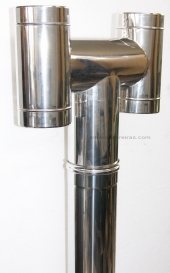
 2
2








 6
6




 6
6













 1
1




 2
2




 1
1




Rich Cool wrote:I've tried a couple bricks from both. By themselves, when dried,don't hold together very well, but I've not tried grasses or other fibers. I will make a couple this week, and hopefully let you know how it works out.
 1
1





 4
4




 2
2





 2
2





|
Is this the real life? Is this just fantasy? Is this a tiny ad?
Learn Permaculture through a little hard work
https://wheaton-labs.com/bootcamp
|



